Optimal Timing for Stamped Concrete
Stamped concrete service involves applying decorative patterns and textures to concrete surfaces, enhancing aesthetic appeal and durability. Timing plays a crucial role in achieving optimal results, as weather conditions and seasonal factors influence the curing process and final appearance.
Spring and fall are ideal for stamped concrete due to moderate temperatures and lower humidity levels, which promote proper curing and adhesion.
Temperatures between 50°F and 85°F support effective stamping and sealing. Extreme heat can cause rapid drying, while cold weather may hinder curing.
Rain, snow, or high humidity can interfere with the stamping process, leading to uneven textures and compromised finishes.
Scheduling during stable weather conditions ensures proper curing and reduces the risk of damage or delays.

A decorative pattern applied during optimal weather conditions ensures clarity and durability.
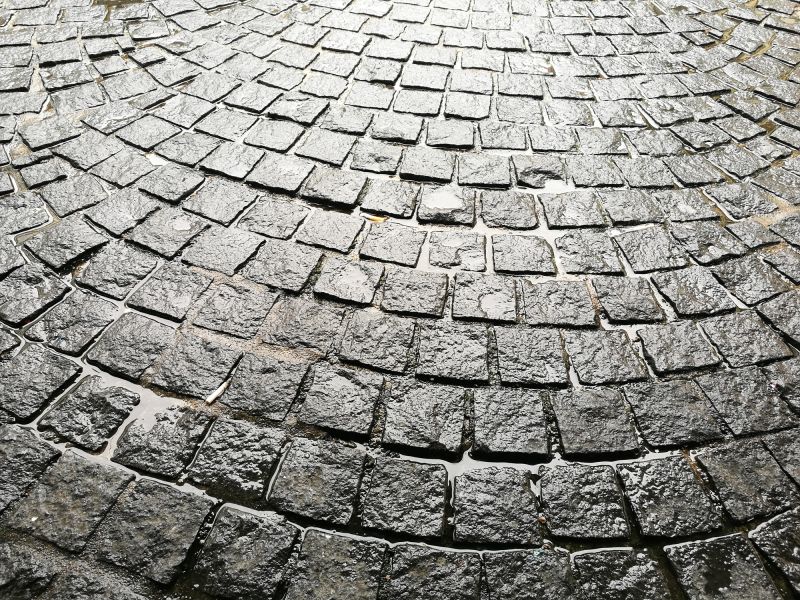
Proper curing under suitable weather enhances surface strength and longevity.
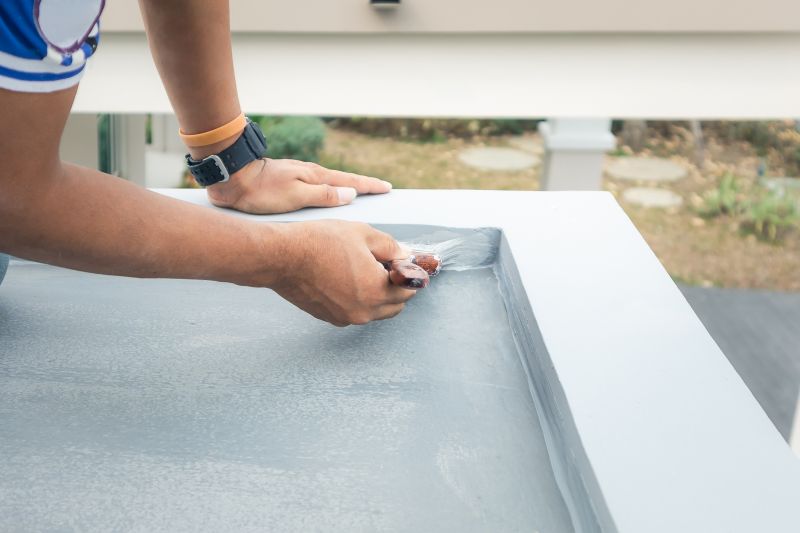
Sealing during ideal conditions protects the surface and maintains appearance.

Ways to make Stamped Concrete Service work in tight or awkward layouts.

Popular materials for Stamped Concrete Service and why they hold up over time.

Simple add-ons that improve Stamped Concrete Service without blowing the budget.
| Season | Recommended Conditions |
|---|---|
| Spring | Moderate temperatures, low humidity, dry days |
| Summer | Early morning or late evening, avoid peak heat |
| Fall | Cool, dry days with stable weather |
| Winter | Not recommended in freezing temperatures or snow |
The timing of stamped concrete service significantly affects the quality and durability of the finished surface. Properly scheduled projects benefit from favorable weather conditions, ensuring the concrete cures correctly and the decorative patterns adhere properly. Consulting with professionals can help identify the best windows for installation based on local climate patterns.
Statistics indicate that projects completed during optimal weather conditions have a lower incidence of surface defects and require fewer repairs over time. Proper timing also reduces the likelihood of delays and additional costs associated with weather-related issues.

A well-timed project results in a vibrant, durable surface.

Weather conditions influence the quality of pattern stamping.

Proper timing ensures effective sealing for longevity.

Patterns retain clarity when installed under suitable conditions.

High-end options that actually feel worth it for Stamped Concrete Service.
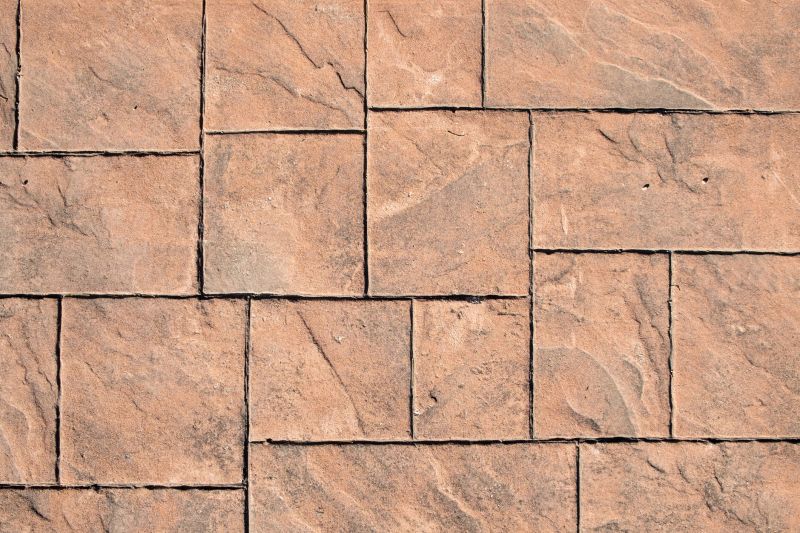
Finishes and colors that play nicely with Stamped Concrete Service.

Little measurements that prevent headaches on Stamped Concrete Service day.

A 60-second routine that keeps Stamped Concrete Service looking new.
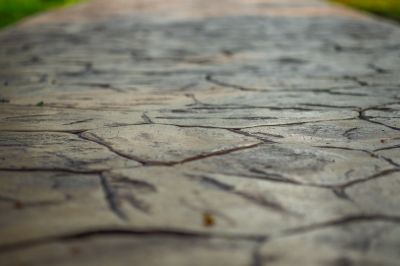
A frequent mistake in Stamped Concrete Service and how to dodge it.

Small tweaks to make Stamped Concrete Service safer and easier to use.

Lower-waste or water-saving choices for Stamped Concrete Service.
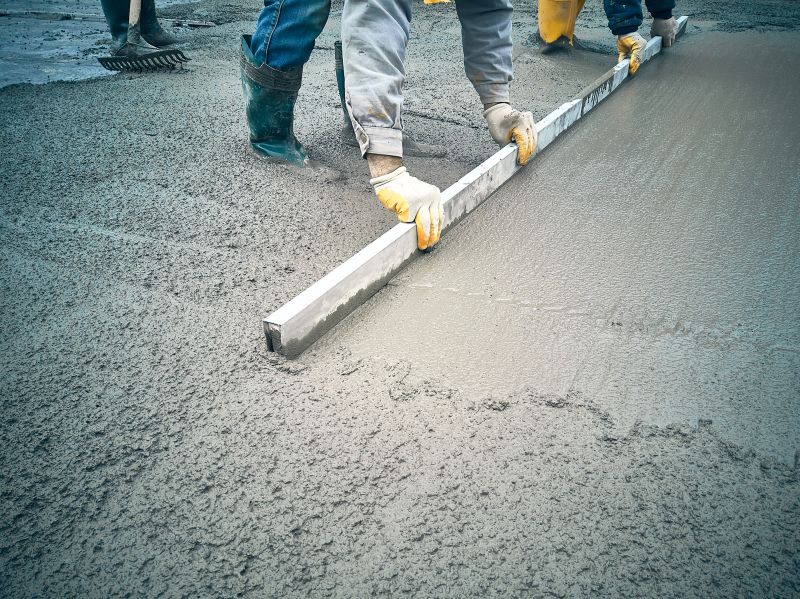
The short, realistic tool list for quality Stamped Concrete Service.
Interested in stamped concrete services? Filling out the contact form can provide more information and help schedule the project during the most suitable time for optimal results.
